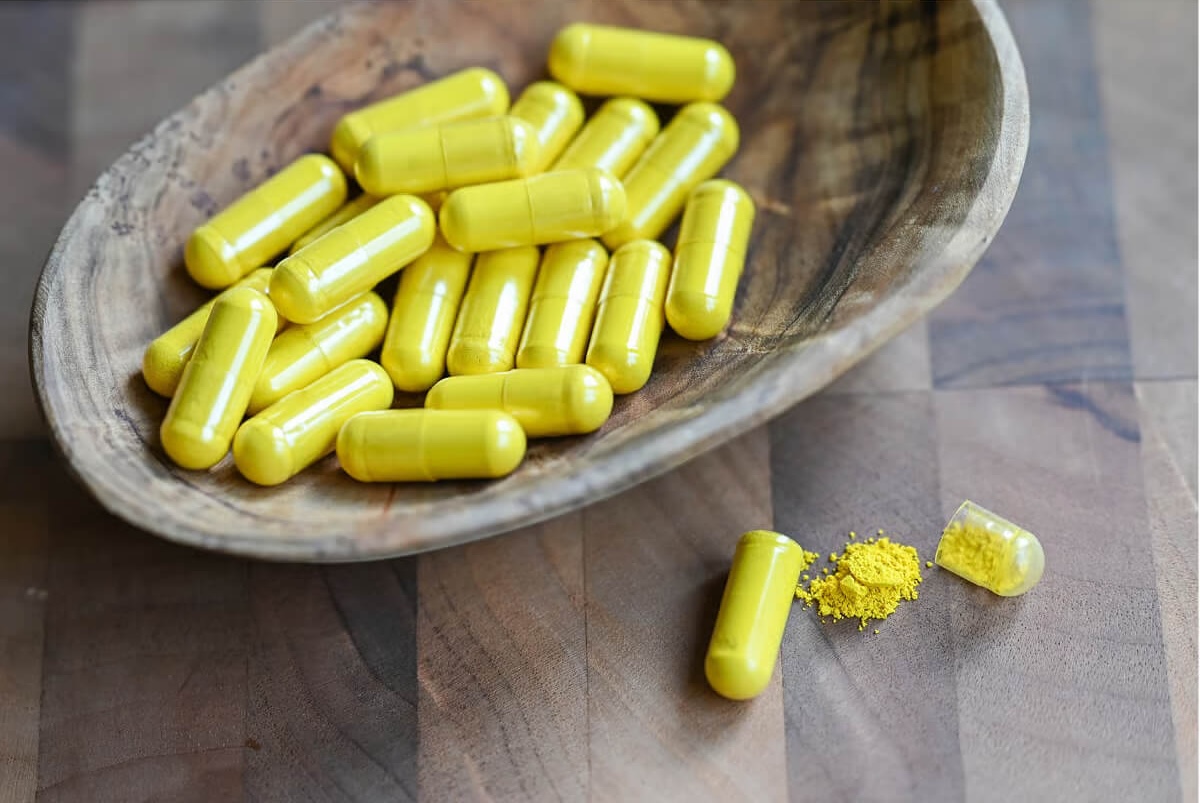How to Stimulate Your Parasympathetic Nervous System & Why it Matters
I didn’t realize how stressed I was—until activating my parasympathetic system changed everything.

As I mentioned, I learned so much on my week-long test of one of the most renowned Detox programs in the world, I am excited to share it all with you. First, a back story. Just over a month ago, I got an Oura Ring. I wasn't sure it was going to be helpful for me, but as a medical scientist, anything that gives me lots of data is generally ok in my book, as long as I am able to USE that data in a beneficial manner. One of the metrics that the Oura Ring tracks is called Heart Rate Variability (HRV). Heart Rate Variability (HRV) refers to the natural fluctuation in the time intervals between consecutive heartbeats. Rather than beating like a metronome (with perfectly consistent intervals), a healthy heart actually speeds up and slows down in response to various physiological and environmental factors.
Why HRV Matters
- Indicator of Autonomic Balance: HRV reflects the balance between the two branches of the autonomic nervous system (ANS):
- Sympathetic Nervous System (SNS): Responsible for the “fight or flight” response.
- Parasympathetic Nervous System (PNS): Responsible for the “rest and digest” response.
- When HRV is higher, it generally suggests a more flexible ANS and a stronger parasympathetic influence—both of which are associated with better resilience to stress and improved overall health.
- Stress & Recovery: High HRV typically indicates good recovery capacity, mental resilience, and adaptability to stress.
- Low HRV may suggest stress overload, inadequate recovery, or potential health concerns. HRV is highly individual and depends on factors like fitness level, genetics, overall health, and even daily stressors. There isn’t a single “one-size-fits-all” number. Still, when looking at larger population data, we can see general trends that might be helpful to keep in mind.
- Typical Ranges:
- For women in their 50s, broad averages often fall somewhere between 20 ms and 45 ms when measured at rest or during sleep.
- However, these ranges are just a rough guide:
- A person with an endurance training background may have an HRV consistently above 50 ms.
- Someone dealing with chronic stress or health issues could see HRV values below 20 ms.
Mine was not great. It was generally on the low side, an average of 38-42 ms, and since I am a healthy, fit woman, getting numbers 'typical for my age' is definitely not where I want to be. I strive for health metrics 10+ years YOUNGER than my chronological age. I was not pleased. But what I experienced at the Wellness Center surprised me.
Within the week I was there, my HRV steadily and dramatically increased to 63-91 for the first time in the month since I started wearing my Oura ring! This was a significant observation for my medical/scientific detective work. So, why did my HRV increase? It's hard to say for sure, but I definitely have some theories. One of them has to do with Parasympathetic Activity, as mentioned above.
You see, our lives and our world today is almost all 'fight or flight' all the time. From work, to news (fires, etc) to relationships, to normal life, we get a lot of stress coming at us from all directions, constantly. Even our exercise, my own fitness routine, while effective and beneficial, was all 'fight or flight.' Some of that is beneficial, and actually an important result of exercise. But too much can be a problem. One of the first things that happened at the Wellness Center was undergoing a 'bioenergetic assessment' by a doctor formally trained in Traditional Chinese Medicine. Since TCM has been around for thousands of years, and since there is ample data to support many of its principles, I respect it and am intrigued by it. My assessment revealed high levels of sympathetic activation. In other words, I was one stressed bitch, and I didn't even realize it. My yin yang needed more balance.
Activating your parasympathetic nervous system (often called the “rest-and-digest” response) can help you feel calmer, more centered, and better able to manage stress. Here are several research-backed techniques to support this process:
- Deep, Controlled Breathing
- Why it helps: Slow, intentional breaths stimulate the vagus nerve, which plays a major role in parasympathetic activation. Singing, at low pitches, can do the same thing due to the way the muscles in the throat and neck change and stimulate the vagus nerve.
- How to do it: Practice 4-7-8 breathing (inhale for 4 seconds, hold for 7, exhale for 8). Focus on feeling your belly rise and fall.
- Progressive Muscle Relaxation
- Why it helps: By tensing and then relaxing each muscle group in your body, you send signals of safety and calm to your brain.
- How to do it: Work from your toes up to your forehead. Tighten each area for a few seconds, then let go, feeling the tension melt away.
- Meditation & Mindfulness
- Why it helps: Regular meditation practices can lower cortisol levels and encourage a calmer state of mind, activating the parasympathetic response.
- How to do it: Find a quiet spot, sit comfortably, and focus on a single point of attention (like your breath or a mantra). Gently redirect your thoughts when your mind wanders. I practice Transcendental Meditation (TM) and for me it's been incredible. Unfortunately, I had NOT been practicing TM for the past few months and resumed it while away at the Wellness Center.
- Quality Sleep & Rest
- Remember, the key to activating your parasympathetic nervous system is consistency. Incorporate these techniques into your daily or weekly routine to experience deeper relaxation and a more resilient response to stress over time.
In Traditional Chinese Medicine (TCM), increasing parasympathetic activity (often described in more general terms as balancing Yin and Yang) is approached through multiple modalities designed to restore harmony to the body’s flow of Qi (energy). Below are key TCM practices traditionally used to promote relaxation, reduce stress, and enhance the body’s “rest-and-digest” state:
- Acupuncture and Acupressure
- How it works (from a TCM perspective): By stimulating specific points along the body’s meridians (energy pathways), acupuncture and acupressure help regulate the flow of Qi, promoting balance between the sympathetic (“fight or flight”) and parasympathetic (“rest and digest”) nervous systems.
- What science says: Research suggests that acupuncture can help reduce stress hormones (like cortisol) and may enhance vagal tone—key for parasympathetic activation.
- Common relaxation points:
- Yin Tang (Extra Point): Between the eyebrows; helps relieve stress and anxiety.
- Neiguan (PC6): On the inner forearm; supports emotional balance and reduces stress.
- Herbal Formulas & Teas
- How it works (from a TCM perspective): Herbs are chosen to nourish Yin and soothe Liver Qi stagnation—factors often associated with stress and anxiety in TCM.
- Examples of calming herbs:
- Suan Zao Ren (Ziziphus jujuba seed): Commonly used to calm the mind and improve sleep.
- Long Gu (Fossilized bone) and Mu Li (Oyster shell): Often combined to ground and anchor the Shen.
- He Huan Pi (Albizia bark): Known as a “happy bark,” used for mood support.
- Practical tip: Many TCM practitioners combine various herbs into formulas tailored to individual needs. Drinking a calming tea can further support relaxation.
- Tui Na Massage
- How it works (from a TCM perspective): Tui Na is a form of Chinese therapeutic massage that focuses on meridians and acupoints. By applying pressure and stretches, Tui Na encourages balanced Qi flow. At the Wellness center, we had a Tui Na massage 5 out of 7 days, each day focusing on a different meridian.
- Dietary Therapy
- How it works (from a TCM perspective): Certain foods are viewed as either warming, cooling, or neutral, and can impact Yin-Yang balance.
- Examples:
- Warm, soupy meals support digestion (often linked with parasympathetic activity).
- Foods rich in magnesium (e.g., leafy greens, legumes) are considered grounding and can help with relaxation.
- Avoiding overstimulating foods (excessive caffeine, sugar, spicy foods) that can exacerbate stress or disrupt sleep. For the week of the Detox program, there was zero caffeine or alcohol. Even though I had switched to decaf coffee 2 weeks prior to prepare, my HRV had not increased until I arrived at the center, suggesting that multiple factors were involved.
While TCM approaches are rooted in ancient wisdom, modern research supports many of these techniques for stress management and parasympathetic activation. Incorporating acupuncture, herbal remedies, gentle movement practices like yoga, Tai Chi or Qigong, and supportive lifestyle habits can help you achieve a calmer, more balanced state—both in body and mind.
If you’re considering any TCM modality, it’s always wise to seek out a qualified practitioner who can personalize recommendations based on your unique constitution and wellness goals. And don''t forget to show your parasympathetic nervous system some TLC. You will feel the difference. I definitely do!


